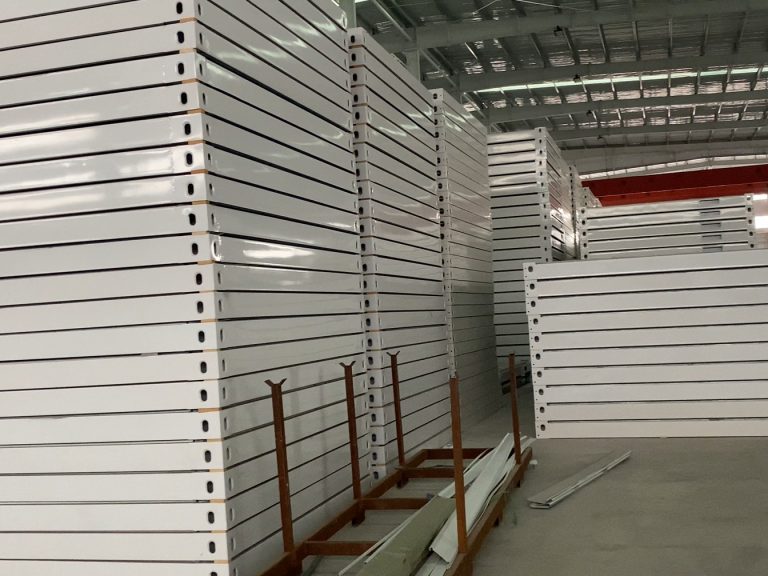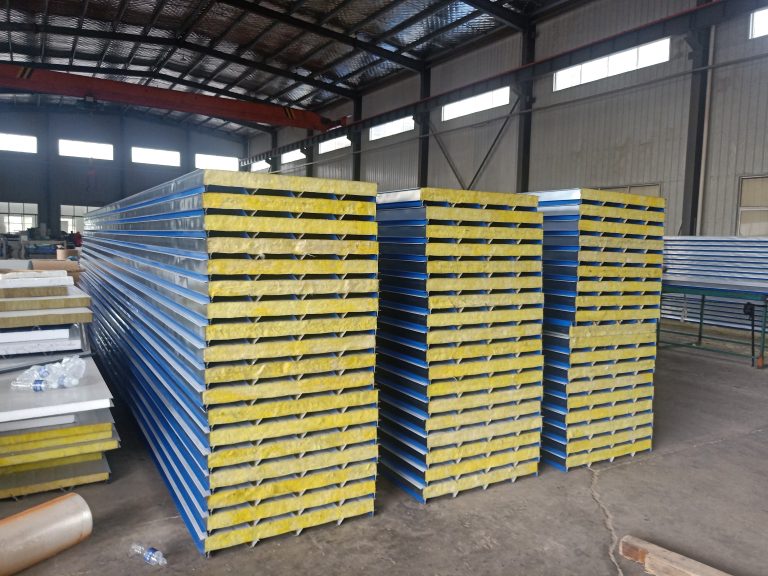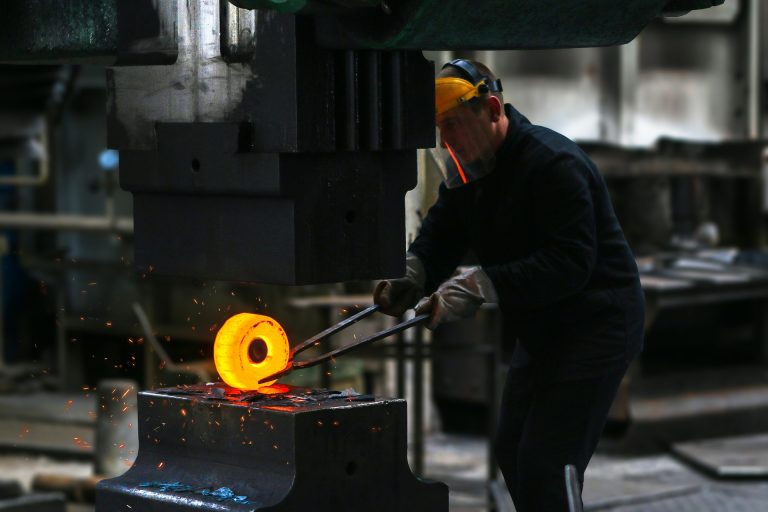Table of Contents
Ventilation Systems in Chicken Farm Buildings
When it comes to designing a chicken farm building, one of the most important considerations is the ventilation system. Proper ventilation is crucial for maintaining a healthy environment for the chickens, as well as for the workers who care for them. Inadequate ventilation can lead to a buildup of harmful gases, such as ammonia and carbon dioxide, as well as an increase in humidity levels, which can create ideal conditions for the growth of bacteria and mold.
There are several factors to consider when designing a ventilation system for a chicken farm building. One of the most important considerations is the size of the building and the number of chickens it will house. Larger buildings with a higher stocking density will require more ventilation to ensure that the air quality remains at a safe level. The type of ventilation system used will also depend on the climate in which the farm is located, as well as the specific needs of the chickens being raised.
There are several different types of ventilation systems that can be used in chicken farm buildings. Natural ventilation systems rely on the use of windows, doors, and vents to allow fresh air to enter the building and stale air to exit. This type of system is often used in smaller buildings or in areas with mild climates, where the temperature and humidity levels are relatively stable.
Mechanical ventilation systems, on the other hand, use fans and other equipment to circulate air throughout the building. These systems are often used in larger buildings or in areas with extreme temperatures, where natural ventilation may not be sufficient to maintain a comfortable environment for the chickens. Mechanical ventilation systems can be designed to provide a constant flow of fresh air, or they can be set up to operate on a timer or in response to changes in temperature or humidity levels.
In addition to the type of ventilation system used, it is also important to consider the placement of vents and fans within the building. Vents should be located near the ceiling to allow hot, stale air to escape, while fans should be positioned to circulate air throughout the building and prevent the buildup of harmful gases. It is also important to ensure that the ventilation system is properly sized for the building, taking into account factors such as the number of chickens, the size of the building, and the climate in which the farm is located.

Proper maintenance of the ventilation system is also essential for ensuring that it functions effectively. Vents and fans should be cleaned regularly to prevent the buildup of dust and debris, which can impede airflow and reduce the efficiency of the system. Filters should also be checked and replaced as needed to ensure that the air entering the building is clean and free of contaminants.
In conclusion, proper ventilation is essential for maintaining a healthy environment in a chicken farm building. By considering factors such as the size of the building, the type of ventilation system used, and the placement of vents and fans, farmers can ensure that their chickens are kept in a safe and comfortable environment. Regular maintenance of the ventilation system is also important for ensuring that it functions effectively and provides the necessary airflow to keep the chickens healthy and productive.
Flooring Options for Chicken Farm Buildings
When it comes to designing a chicken farm building, one of the most important considerations is the type of flooring that will be used. The flooring in a chicken farm plays a crucial role in the overall health and well-being of the birds, as well as the efficiency of the operation. There are several different flooring options available for chicken farm buildings, each with its own set of advantages and disadvantages.
One of the most common flooring options for chicken farms is concrete. Concrete floors are durable, easy to clean, and resistant to moisture and bacteria. They provide a solid surface for the birds to walk on and are relatively low maintenance. However, concrete floors can be hard on the birds’ feet and legs, leading to issues such as footpad dermatitis and leg problems. To mitigate this, some farmers choose to add a layer of bedding or rubber mats on top of the concrete to provide cushioning for the birds.
Another popular flooring option for chicken farms is wire mesh. Wire mesh floors allow for excellent ventilation and drainage, which can help reduce the buildup of ammonia and other harmful gases in the chicken house. They also make it easier to manage waste and keep the birds’ living area clean. However, wire mesh floors can be uncomfortable for the birds to walk on, and they may cause injuries to their feet and legs. To address this, some farmers choose to provide wooden perches or platforms for the birds to rest on.
Plastic slatted floors are another common choice for chicken farm buildings. These floors are lightweight, easy to install, and provide good traction for the birds. They are also resistant to moisture and bacteria, making them a hygienic option for chicken houses. However, plastic slatted floors can be expensive to purchase and may need to be replaced more frequently than other types of flooring. Some farmers also find that the gaps in the slats can be difficult to clean thoroughly, leading to potential hygiene issues.
Rubber mats are a newer flooring option that is gaining popularity in chicken farm buildings. Rubber mats provide cushioning for the birds’ feet and legs, reducing the risk of injuries and promoting better overall health. They are also easy to clean and maintain, making them a convenient choice for many farmers. However, rubber mats can be expensive to purchase upfront, and they may need to be replaced periodically as they wear out.
Ultimately, the best flooring option for a chicken farm building will depend on a variety of factors, including the size of the operation, the budget available, and the specific needs of the birds. It is important for farmers to carefully consider all of these factors before making a decision on which type of flooring to use. By choosing the right flooring option, farmers can help ensure the health and well-being of their birds, as well as the success of their operation.






